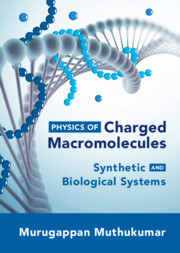Biological entities are capable of amazing material feats, such as self-organization, self-repair, self-replication, and self-immolation. Indeed, the most intriguing feature of living biomaterials, whether they are tissues, cells, or intracellular structures, is their ability to autonomously sense, decide, and perform work without the need of a project manager. The effect is multiscale—from enzymes to full organisms, each level is capable of such autonomous activities. Further, each scale has similar energy-using units that work together to compose the larger-scale material. For instance, autonomous cells work together to create tissues. In this article, we will discuss some of the outstanding and desirable properties of active biological materials that we might consider mimicking in future materials. We will discuss how such active materials are powered and explore some fundamental lessons we can learn to direct future fundamental scientific inquiries to begin to understand and use these properties to make synthetic, autonomous materials of the future.
